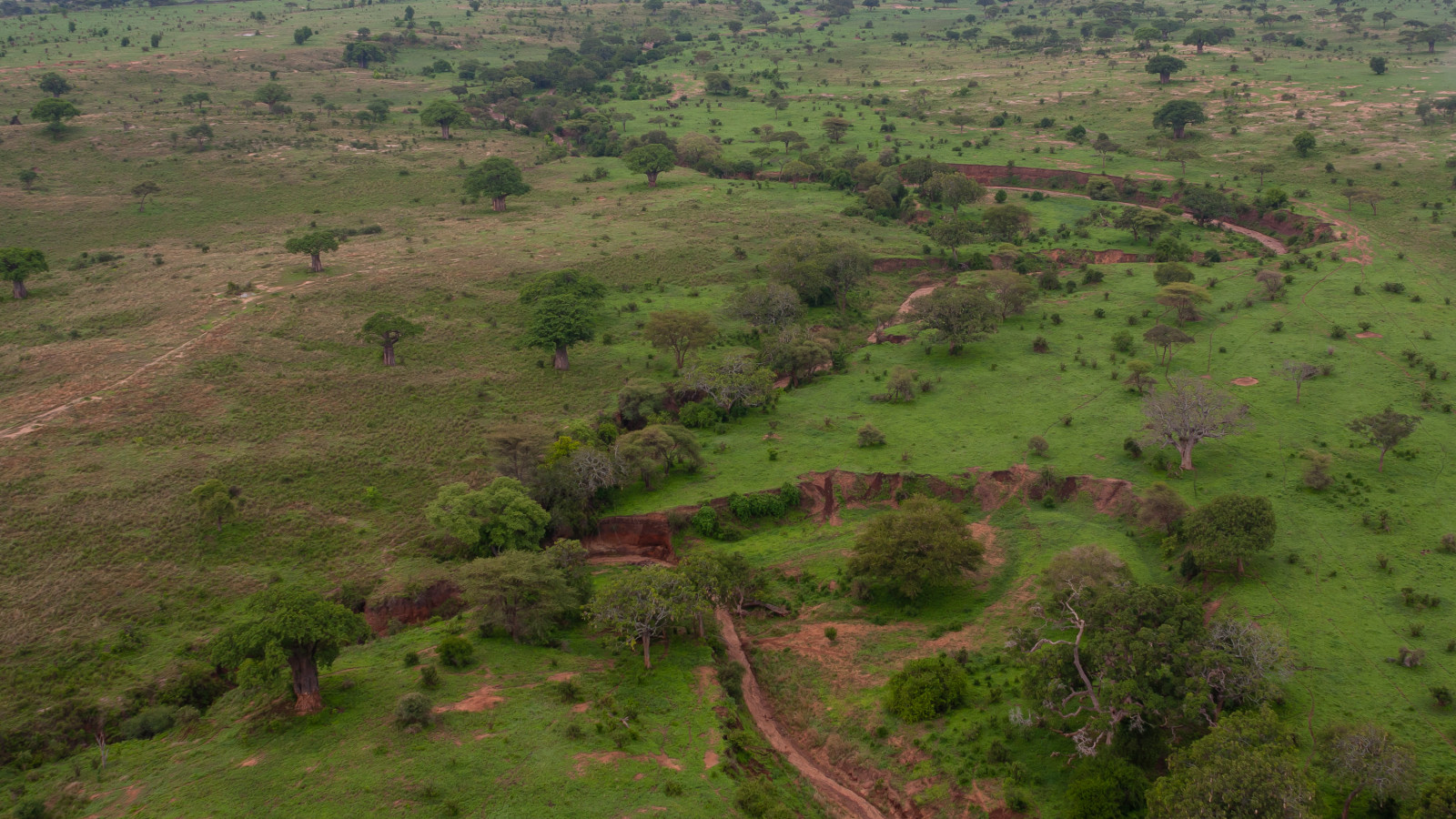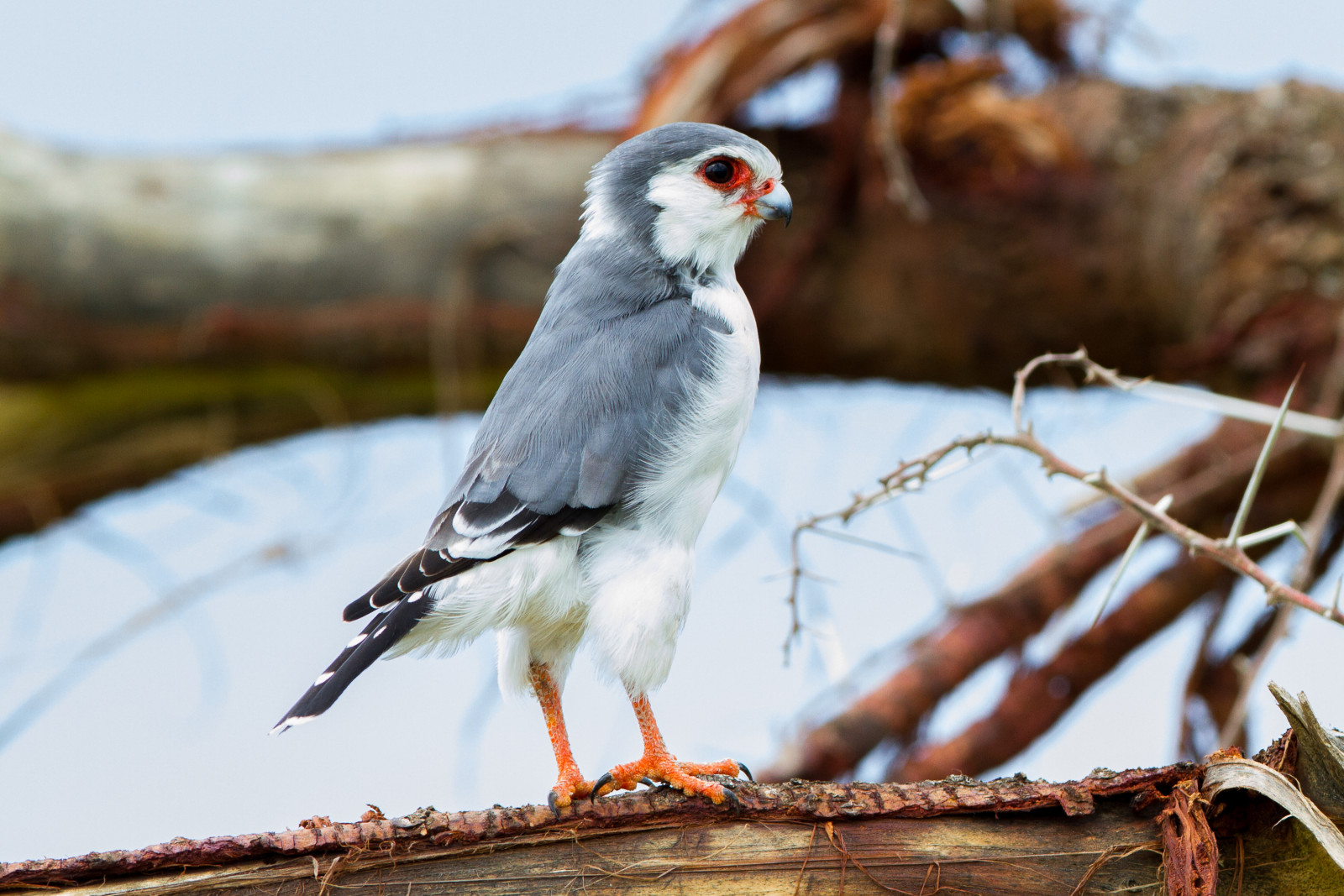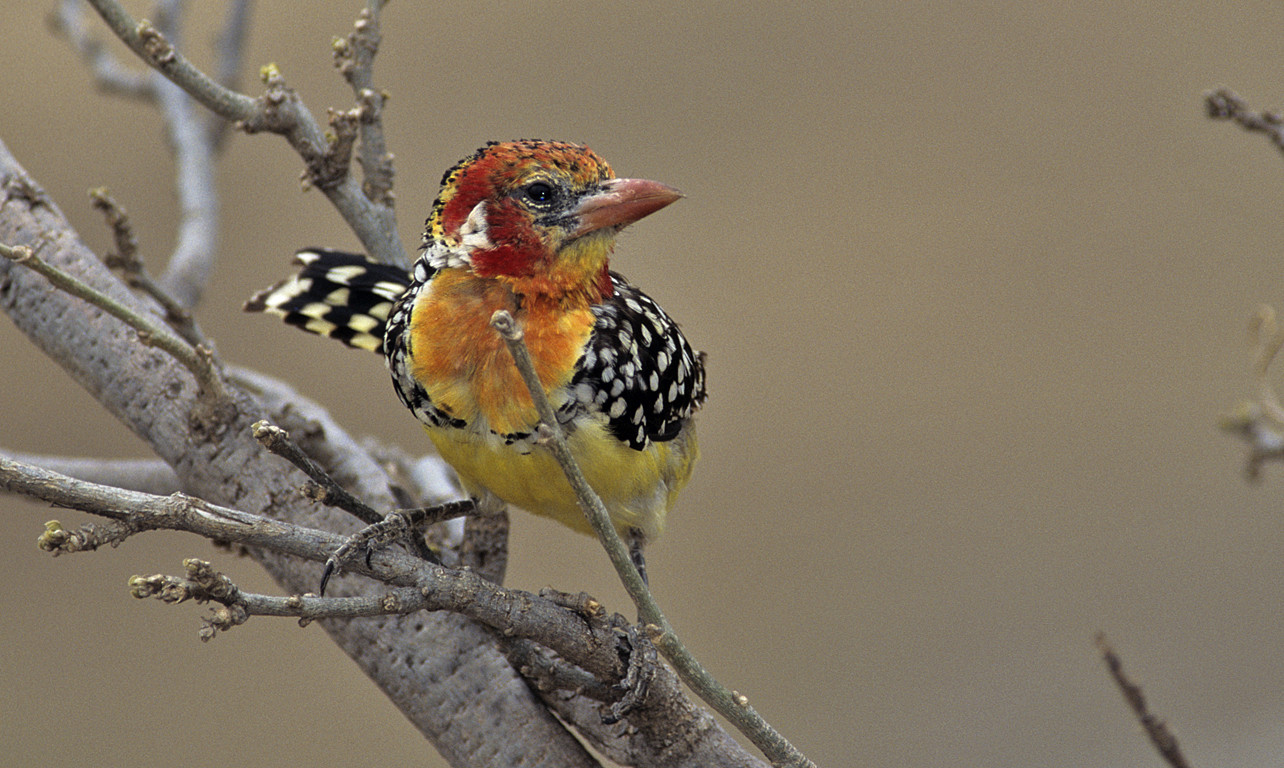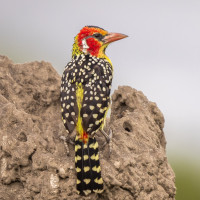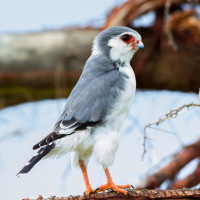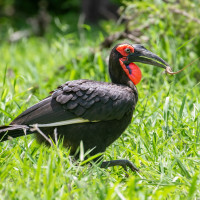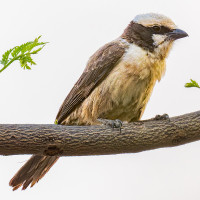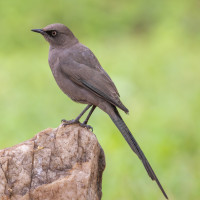Beschreibung
Tarangire National Park has lots of endemic and near-endemic species, and birds everywhere you choose to go. Also heaps of elephants and other wildlife! Tarangire National Park holds three endangered bird species of Tanzania: Rufous-tailed weaver, Ashy starling and Yellow-collared Lovebird. The swampy floodplains in Tarangire's southern and eastern part are important grounds for the Eurasian migrants. Tarangire's woodlands are inhabited by Hoopoes, Hornbills, White-bellied Go-away-bird and Brown parrots. Commonly seen birds are also Lilac-breasted rollers, barbets and mousebirds, striped swallows and starlings, swifts, hammerkops, bee-eaters, cordon bleus and owls.
Other interesting birds are Double-banded Courser, White-headed Buffalo-Weaver, Greater Painted Snipe, Mottled Spinetail, Southern Ground Hornbill, Meyer’s Parrot, Bearded Woodpecker, Miombo Wren-warbler and Green Wood-Hoopoe. Best time for birding in Tarangire National Park is during the wet season, from November to April when European and North African migratory birds are present in the park.
Details
Zugang
Tarangire is a national park in Tanzania's Manyara Region. Located just a few hours drive from the town of Arusha. The name of the park originates from the Tarangire River that crosses the park. The Tarangire River is the primary source of fresh water for wild animals in the Tarangire Ecosystem during the annual dry season. Drive from Arusha to Makuyuni and find the entrance to the park a few kilometers south of it. Several good lodges within or just outside the park. Some of the lodges have platforms near the river where you can watch birds easily.
